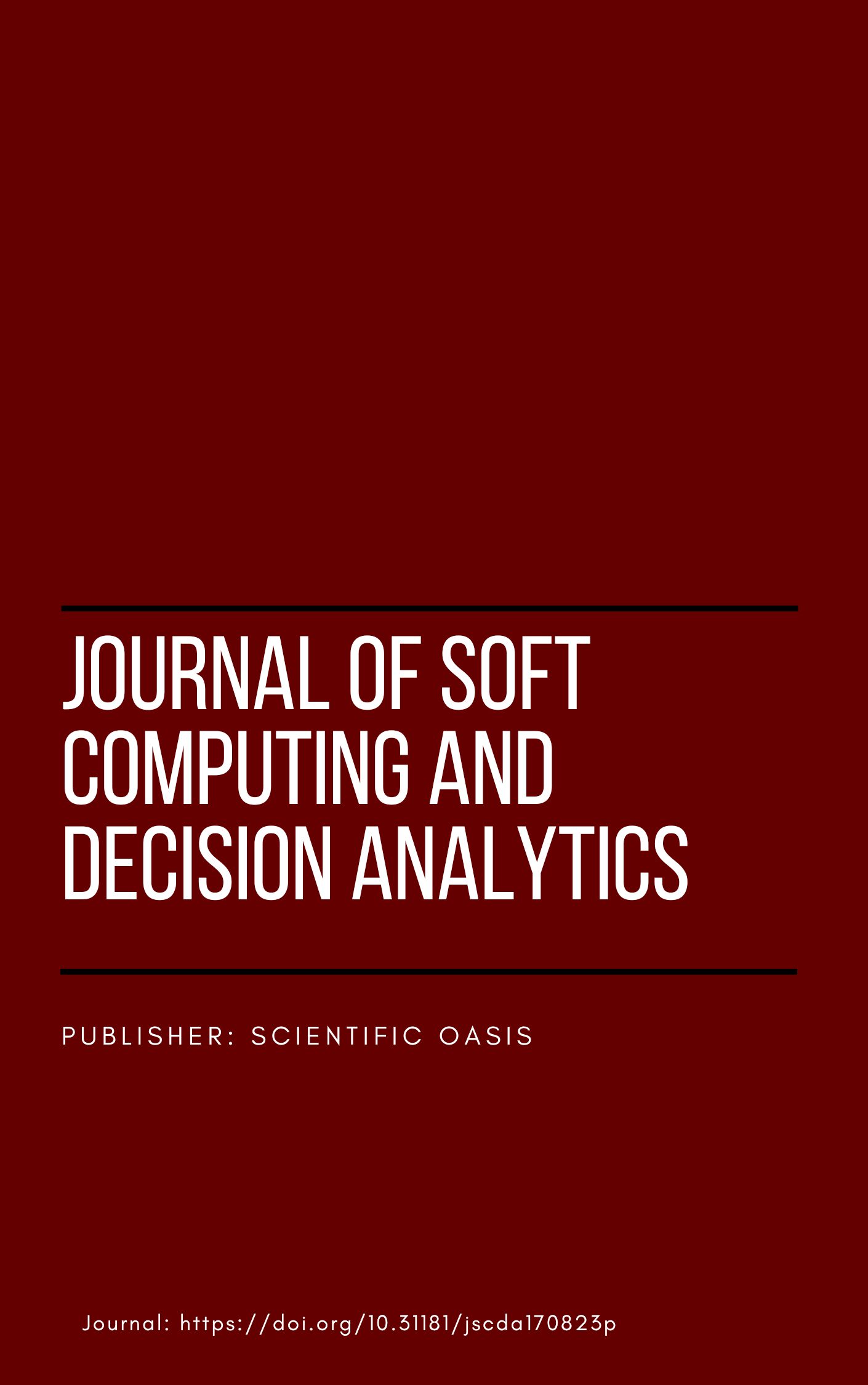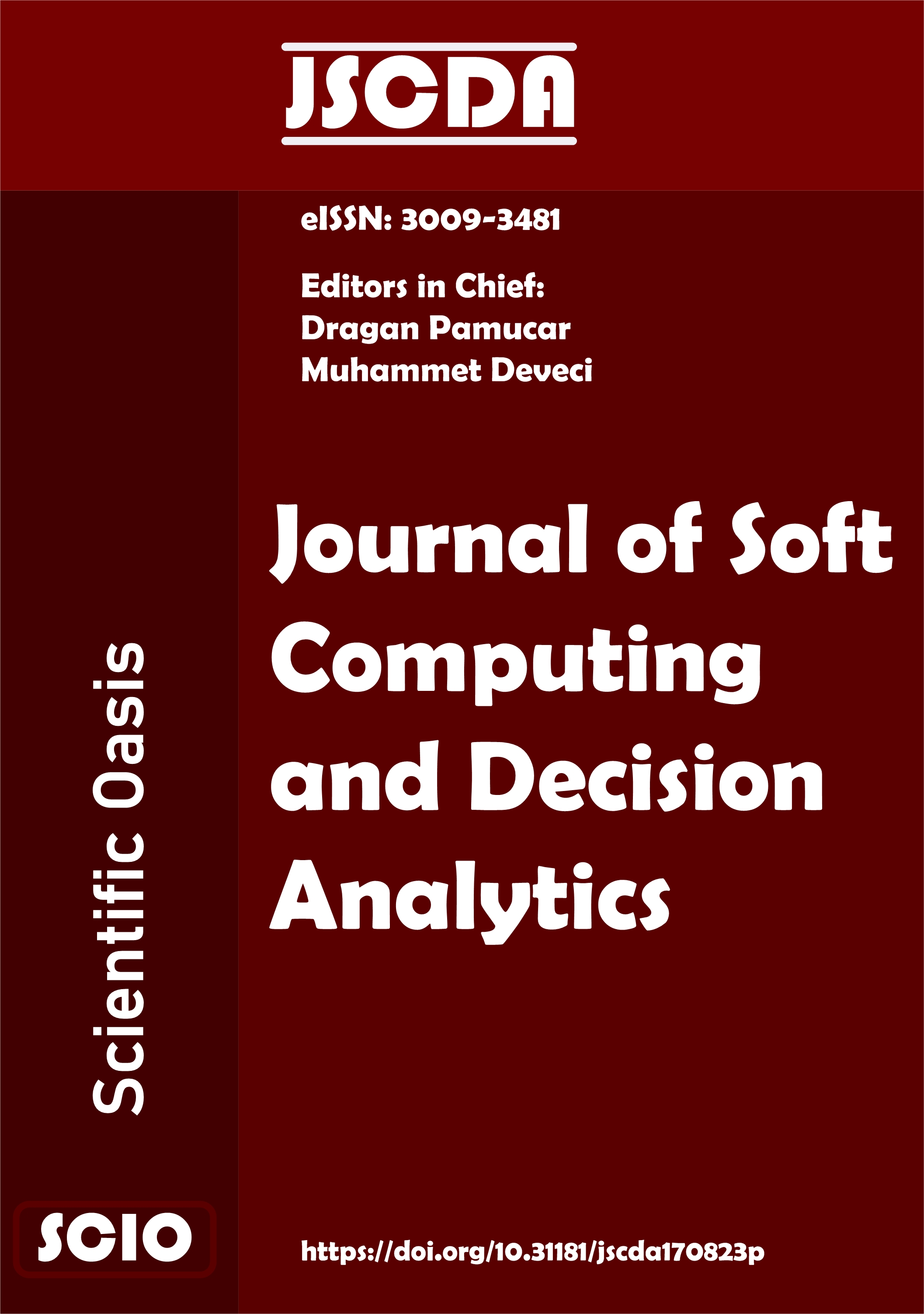Public Intervention on Rural Poverty Alleviation: A Case Study Between China and India
DOI:
https://doi.org/10.31181/jscda11202318Keywords:
Policy implementation, Government, Systemic factorsAbstract
This paper decision analyctics the evolution of pro-poor development and research on pro-poor practices in China and India, taking rural poverty alleviation in both countries as an example. The research perspective is cast more towards the policy target groups and rural societies to gain a deeper understanding of the institutional and systemic factors that influence the choice and implementation of pro-poor policies, as well as the logic and interrelationships among different actors in the policy implementation network. The final conclusion is that the government should enter more into the life world of the poor, listen to their voices, understand at what level and to what extent their lives are affected by the implementation of pro-poor policies, and how the informal institutions of the vernacular society interact with the formal institutions in the process of policy implementation. This series of questions can help the government examine the theoretical and practical issues of rural poverty alleviation policies from a more comprehensive and historical perspective, which is important for promoting the practice of rural poverty alleviation policies.
References
Bapna, M. (2012). Sustainability is key to development goals. Nature, 489(7416), 367–367. https://doi.org/10.1038/489367a
Breitkreuz, R., Stanton, C.-J., Brady, N., Pattison-Williams, J., King, E. D., Mishra, C., & Swallow, B. (2017). The Mahatma Gandhi National Rural Employment Guarantee Scheme: A Policy Solution to Rural Poverty in India? Development Policy Review, 35(3), 397–417. https://doi.org/10.1111/dpr.12220
Datt, G., & Ravallion, M. (2002). Is India’s Economic Growth Leaving the Poor Behind? Journal of Economic Perspectives, 16(3), 89–108. https://doi.org/10.1257/089533002760278730
Fan, S., Hazell, P., & Haque, T. (2000). Targeting public investments by agro-ecological zone to achieve growth and poverty alleviation goals in rural India. Food Policy, 25(4), 411–428. https://doi.org/10.1016/s0306-9192(00)00019-1
Fan, S., Hazell, P., & Thorat, S. (2000). Government Spending, Growth and Poverty in Rural India. American Journal of Agricultural Economics, 82(4), 1038–1051. https://doi.org/10.1111/0002-9092.00101
Feng, L., Dai, J., Tian, L., Zhang, H., Li, W., & Dong, H. (2017). Review of the technology for high-yielding and efficient cotton cultivation in the northwest inland cotton-growing region of China. Field Crops Research, 208, 18–26. https://doi.org/10.1016/j.fcr.2017.03.008
Huan, Q., Chen, Y., & Huan, X. (2022). A Frugal Eco-Innovation Policy? Ecological Poverty Alleviation in Contemporary China from a Perspective of Eco-Civilization Progress. Sustainability, 14(8), 4570. https://doi.org/10.3390/su14084570
Lakha, S., & Taneja, P. (2009). Balancing Democracy and Globalisation: The Role of the State in Poverty Alleviation in India. South Asia: Journal of South Asian Studies, 32(3), 408–424. https://doi.org/10.1080/00856400903374319
Lerche, J. (2021). The farm laws struggle 2020–2021: class-caste alliances and bypassed agrarian transition in neoliberal India. The Journal of Peasant Studies, 48(7), 1–17. https://doi.org/10.1080/03066150.2021.1986013
Liu, M., Feng, X., Wang, S., & Qiu, H. (2019). China’s poverty alleviation over the last 40 years: successes and challenges. Australian Journal of Agricultural and Resource Economics, 64(1), 209–228. https://doi.org/10.1111/1467-8489.12353
Liu, Y., Liu, J., & Zhou, Y. (2017). Spatio-temporal patterns of rural poverty in China and targeted poverty alleviation strategies. Journal of Rural Studies, 52, 66–75. https://doi.org/10.1016/j.jrurstud.2017.04.002
Liu, Y., Liu, J., & Zhou, Y. (2017). Spatio-temporal patterns of rural poverty in China and targeted poverty alleviation strategies. Journal of Rural Studies, 52, 66–75. https://doi.org/10.1016/j.jrurstud.2017.04.002
Montalvo, J. G., & Ravallion, M. (2010). The pattern of growth and poverty reduction in China. Journal of Comparative Economics, 38(1), 2–16. https://doi.org/10.1016/j.jce.2009.10.005
Mooij, J., & Dev, S. M. (2004). Social Sector Priorities: An Analysis of Budgets and Expenditures in India in the 1990s. Development Policy Review, 22(1), 97–120. https://doi.org/10.1111/j.1467-8659.2004.00240.x
Peters, D. H., Garg, A., Bloom, G., Walker, D. G., Brieger, W. R., & Hafizur Rahman, M. (2008). Poverty and Access to Health Care in Developing Countries. Annals of the New York Academy of Sciences, 1136(1), 161–171. https://doi.org/10.1196/annals.1425.011
Pradhan, R. P. (2006). Rural Poverty Alleviation: India’s Experiences and Needed Strategy. India Quarterly: A Journal of International Affairs, 62(3), 152–188. https://doi.org/10.1177/097492840606200307
Qin, C., & Zhang, W. (2022). Green, poverty reduction and spatial spillover: an analysis from 21 provinces of China. Environment, Development and Sustainability. https://doi.org/10.1007/s10668-021-02003-w
Ravallion, M., & Chen, S. (2007). China’s (uneven) progress against poverty. Journal of Development Economics, 82(1), 1–42. https://doi.org/10.1016/j.jdeveco.2005.07.003
Singh, P. K., & Chudasama, H. (2020). Evaluating poverty alleviation strategies in a developing country. PLOS ONE, 15(1), e0227176. https://doi.org/10.1371/journal.pone.0227176
Swanson, B. E. (2006). Extension Strategies for Poverty Alleviation: Lessons from China and India. The Journal of Agricultural Education and Extension, 12(4), 285–299. https://doi.org/10.1080/13892240601062488
Yu, X., Li, C., Shi, Y., & Yu, M. (2010). Pharmaceutical supply chain in China: Current issues and implications for health system reform. Health Policy, 97(1), 8–15. https://doi.org/10.1016/j.healthpol.2010.02.010
Zhang, T., Zhang, Y., Wan, G., & Ww, H. (2020). Poverty reduction in China and India: a comparative study. The Singapore Economic Review, 65(supp01), 95–115. https://doi.org/10.1142/s0217590820440026
Zuo, C. (2021). Integrating Devolution with Centralization: A Comparison of Poverty Alleviation Programs in India, Mexico, and China. Journal of Chinese Political Science, 27, 247–270. https://doi.org/10.1007/s11366-021-09760-5
Downloads
Published
Issue
Section
License
Copyright (c) 2023 Scientific Oasis

This work is licensed under a Creative Commons Attribution-NonCommercial-NoDerivatives 4.0 International License.
















